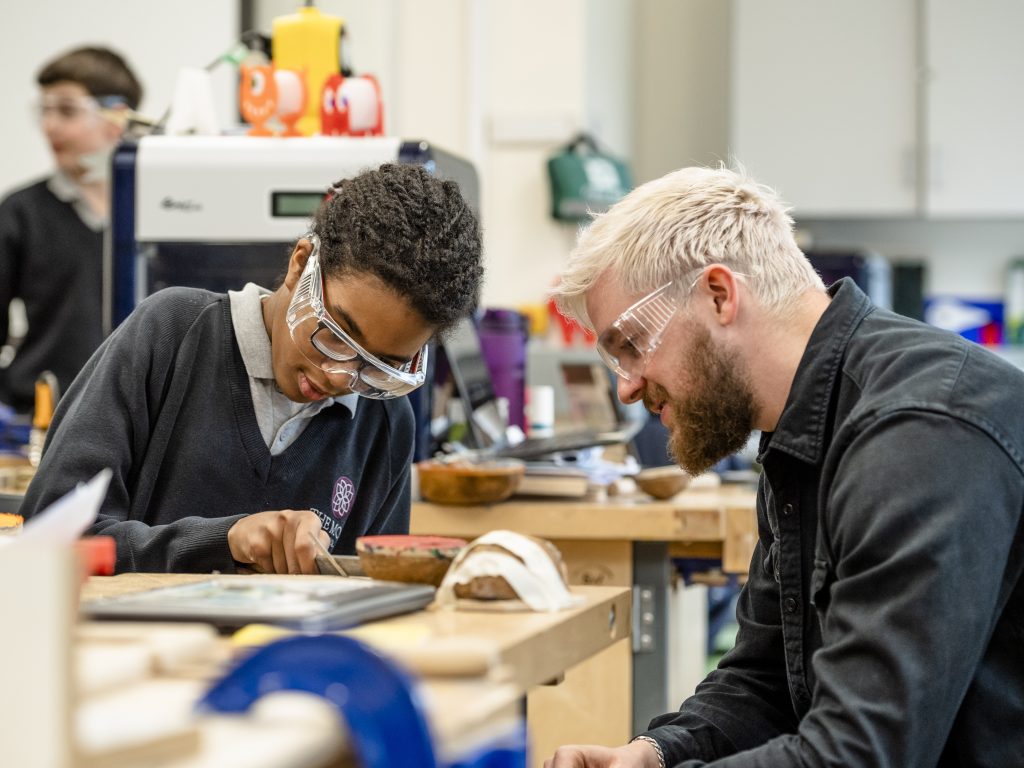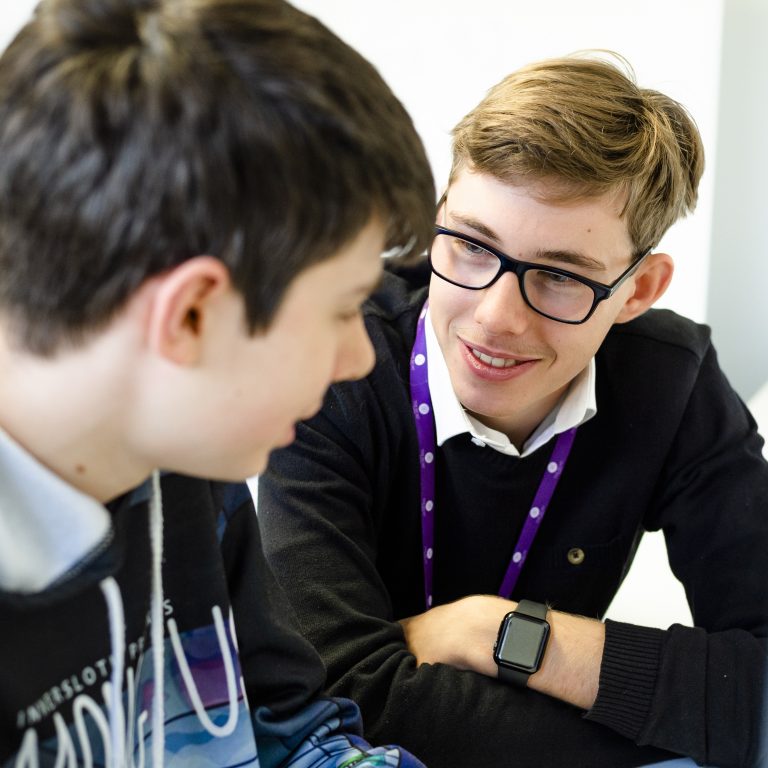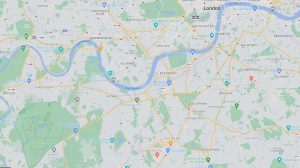Design and technology are inspiring, rigorous, and practical subjects. Using creativity and imagination, pupils design and make products that solve real and relevant problems within a variety of contexts, considering their own and others’ needs, wants and values. They acquire a broad range of subject knowledge and draw on disciplines such as mathematics, science, engineering, computing, and art. Pupils learn how to take risks, becoming resourceful, innovative, enterprising, and capable citizens. Through the evaluation of past and present design and technology, they develop a critical understanding of its impact on daily life and the wider world. High-quality design and technology education makes an essential contribution to the creativity, culture, wealth, and well-being of the nation.
KS4 – GCSE
This qualification is intended for pupils who enjoy designing and making 3D products. It is aimed at those with a preference for the type of processes, equipment, and materials used in Design & Technology during KS3 (e.g. Woods, Metals, Plastics, Mechanisms, Electronics, 3D Constructions), and who wish to further continue in those workshops/classrooms. Years 10 and 11 involve short practical skills-building activities, where new processes and skills will be explored and developed. Extended design and make assignments also take place where more time is given for imaginative ideas to build, and making skills to be explored in greater depth. During year 11, pupils also complete a final assignment set by the exam board. The ability to research and analyze existing products and designers will be developed, along with sketching/drawing skills, how to best respond to a design brief, how to carry out written annotation and how to effectively evaluate designs and products. Pupils will have the opportunity to use traditional skills and modern digital technologies – CAD/CAM – Computer-Aided Design and Computer-Aided Manufacturing.
Aim of the Subject
- use imagination and experimentation when developing design ideas
- be ambitious and open to exploring and taking design risks
- understand the value of source material to aid in designing
- develop the skills to critique source material and critique design ideas
- communicate design ideas using different media and techniques,
- communicate using drawing and written annotation
- be aware of visual and tactile elements such as colour, form, texture, scale, decoration
- develop a broad knowledge of materials, components, and technologies
- develop practical skills to produce high-quality products,
- use key technical terminology related to materials and processes
- demonstrate safe working practices
Coursework/Exam
60% Portfolio Demonstrating your overall learning/skills in 3D Design, including one project
40% Assignment Externally set task, to include preparation and a timed practical exam
Assessment
AO1:
Develop ideas through investigations, demonstrating a critical understanding of sources.
AO2:
Refine work by exploring ideas, selecting and experimenting with appropriate media, materials, techniques, and processes.
AO3:
Record ideas, observations, and insights relevant to intentions as work progresses.
AO4:
Present a personal and meaningful response that realises intentions and demonstrates an understanding of visual language.
Parent Portal
Parents can find specific curriculum information in their child’s termly ICM reports. These can be accessed via the Parent Portal: https://schoolbase.online



